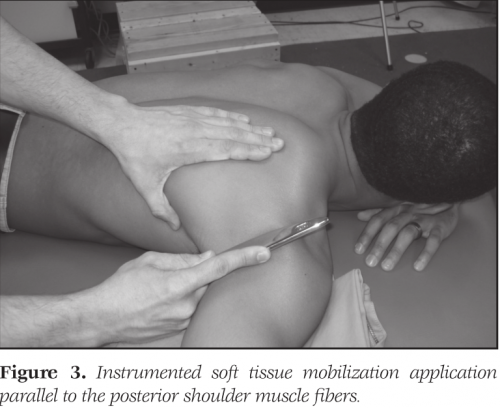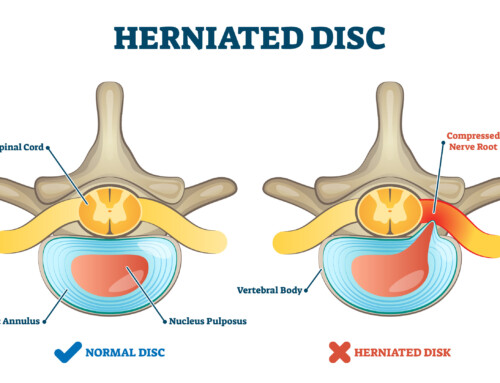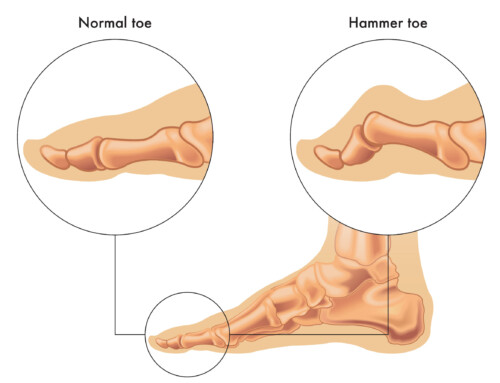Instrument Assisted Soft Tissue Mobilization
Lisa Bodratti, SPT
If you’ve ever been to Capital Area PT & Wellness, you’ve probably seen the physical therapists carrying around a strange looking metal tool and massaging people with it. This tool is used as an adjunct to the therapist’s hands to better evaluate and treat your muscles and their surrounding soft tissues. The tool, typically made of stainless steel, provides the therapist with greater feedback as to which muscles and tissues are tight or restricted. Muscles are surrounded by a tissue called fascia, which may be likened to sausage (muscle) in its casing (fascia); when the fascia gets tight, so do the muscles. The tool allows therapists to both mobilize fascia and penetrate past fascia into deeper tissues the therapist may not be able to reach with their hands. By using the tool to massage the tight tissues, we can relax and increase the length of the muscle, thereby increasing flexibility and decreasing pain.1
Besides providing pain relief and increasing range of motion, instrument assisted soft tissue mobilization (IASTM) can help heal dysfunctional tissues. By applying a mechanical load to the tissues (i.e. pressure provided by the therapist through the tool), blood flow is increased to that area creating a localized inflammatory response. This response facilitates healing. Nutrients and cells come to the area, which help to realign the collagen within the dysfunctional tissue to its normal alignment. This realignment allows the muscle to function optimally.1,2
Therapists use different strokes to achieve different goals. For example, by applying longitudinal strokes from the origin of a muscle (the closest attachment to your trunk) to its insertion point (the furthest attachment from your trunk), we are lengthening the muscle to help promote a proper muscle length-tension relationship. There are many different strokes your therapist may use to achieve varying goals.
IASTM can be used on nearly any part of the body that requires soft tissue mobilization. One study found that by performing IASTM to the posterior shoulder area (around your shoulder blade) for less than one minute, shoulder range of motion increased significantly! This study showed that IASTM can provide quick and significant gains when the right techniques are utilized.3 The principles of IASTM may be applied to many areas of the body, including the lower back, hamstrings, calf/ankle, upper arm, and more! If you are feeling tight and restricted, come into Capital Area PT & Wellness and let an experienced physical therapist decide if IASTM is right for you!
References:
- Baker RT, Nasypany A, Seegmiller JG. Instrument-Assisted Soft Tissue Mobilization Treatment for Tissue Extensibility Dysfunction. 2013;18(5):16-21.
- Hammer WI, Pfefer MT. Treatment of a case of subacute lumbar compartment syndrome using the Graston technique. J Manipulative Physiol Ther. 2005;28(3):199-204. doi:10.1016/j.jmpt.2005.02.010.
- Laudner K, Compton BD, McLoda TA, Walters CM. Acute effects of instrument assisted soft tissue mobilization for improving posterior shoulder range of motion in collegiate baseball players. Int J Sports Phys Ther. 2014;9(1):1-7. /pmc/articles/PMC3924602/?report=abstract. Accessed May 16, 2015.






